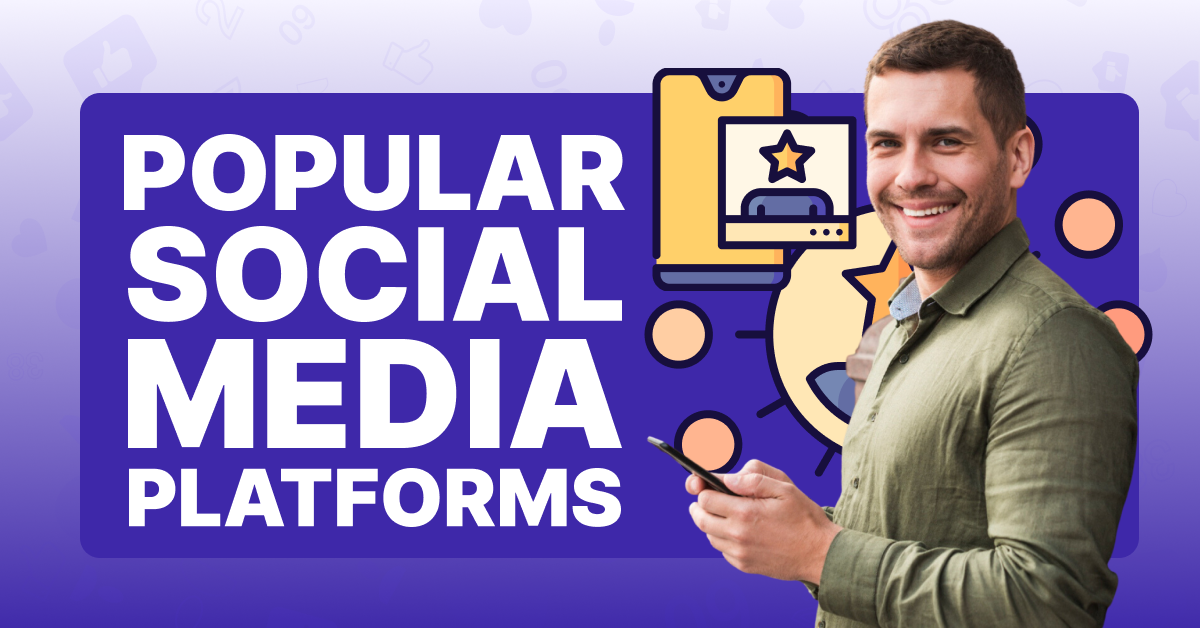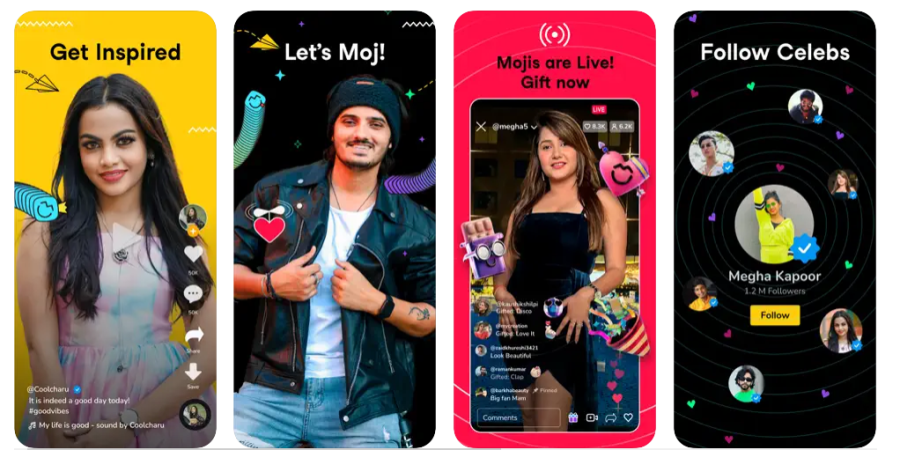As of April 2024, over half of the world’s entire population is using a social media platform. That comes out to around 4.80 billion users – a mind-boggling number that is impossible to even wrap your head around.
To put that into perspective, that’s nearly 5 billion people getting their news, gossip, insights, and shopping advice from their computer or mobile device.
But that’s not all that people are doing on social media. They’re also communicating with one another via text messages, audio, and video. They’re forming groups to discuss topics of interest and share advice. They’re filming entertaining and informative content at home, at work, and even in their cars with their phones and uploading it for millions of other users to see.
The amount of content being shared between individuals, brands, marketers, influencers, and other groups of people via social media is unprecedented in human history. But that begs the question: Where is all this communication and marketing happening?
The answer is social media platforms. That means that as an influencer, marketer, or brand that wants to reach the right audience, you just need to join the right platforms and start connecting.
In this article, we’ll help you understand the types of social media platforms, the pros and cons of joining them, and 47 of the best social media platforms in use around the world based on their popularity. By the end, you’ll have the foundational information you need to pick the best and most popular platform to join for your marketing needs.
Types of Social Media Platforms
To know which social media platforms to join, it’s helpful to break them down into distinct types. Below are five of the main types of social media platforms you’ll come across.
- Messaging
- Video Sharing
- Photo Sharing
- Social Sharing
- Community
Pros and Cons of Using Social Media Platforms
As you can see from the five types of social media platforms, there is plenty of fertile ground where entrepreneurs, businesses, and marketers can insert themselves to connect with their target audience.
But as with all things, there are pros and cons of using social media platforms that you need to be aware of before you dive in.
Pros
Cons
It’s important to recognize the benefits as well as the potential downsides of marketing yourself or your business on social media. This way, you can develop a plan or hire a social media manager who will help you keep track of all the variables, like posting consistently and maintaining a good public image.
49 Popular Social Media Platforms by Category
Having learned the pros and cons of social media platforms, it’s time to look at the platforms themselves.
Let’s get into the most popular social media platforms according to each type we covered earlier in the article.
Messaging Platforms
Messaging platforms are primarily targeted at users who want a free, secure way to send text-based messages to friends and family. But marketers and businesses also use them to send promotional material or converse directly with customers, clients, or colleagues.
Google Trends reveals interest for different messaging platforms:
1. WhatsApp
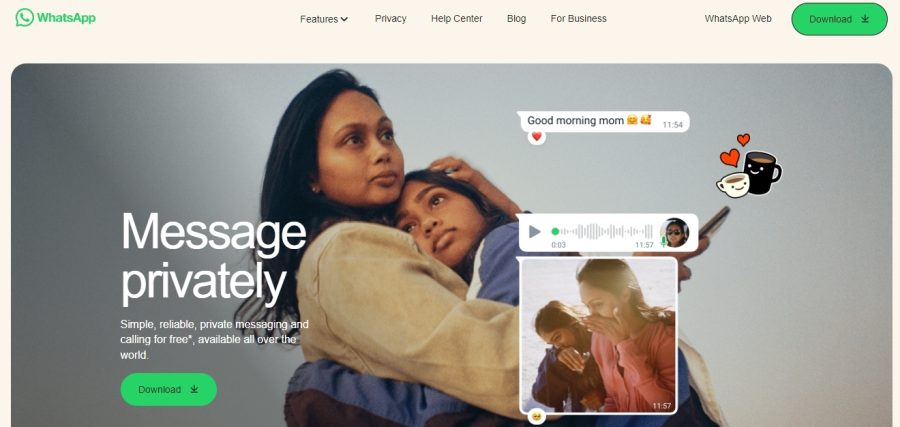
WhatsApp – owned by Meta, which also owns Facebook and Instagram – is the messaging platform of choice for 2 billion people to send private, encrypted free text and voice-based messages anywhere in the world. It also allows users to engage in voice and video calls. Businesses and marketers can also use it to communicate with their customers.
2. Facebook Messenger
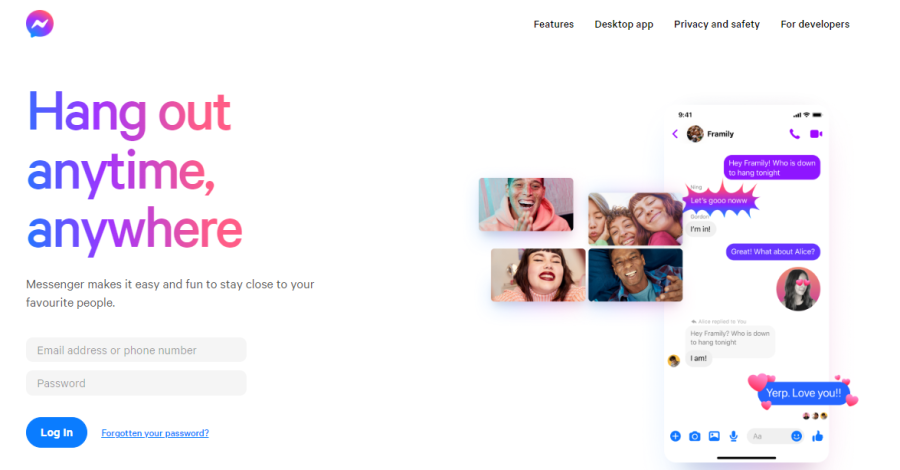
Messenger is another messaging platform owned by Meta. It requires you to have a Facebook account and allows for seamless communication between Facebook friends, but also between a Facebook Page (as for a business) and the people who follow that Page.
3. Telegram
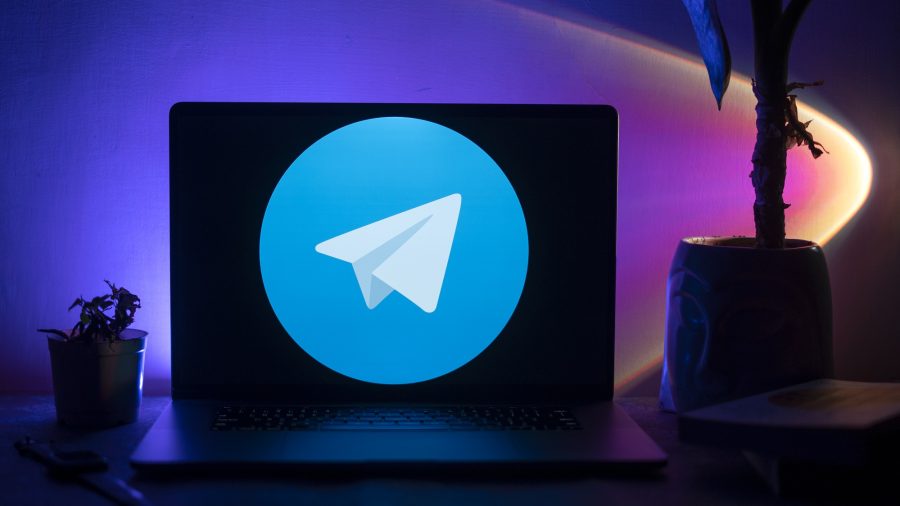
Telegram is beneficial for businesses and influencers who want to directly converse or broadcast to their customers/followers. Using this app, you can create discussion groups of up to 200,000 people at a time. Telegram also offers impressive privacy features, like the ability of a message to “self-destruct.”
4. Discord
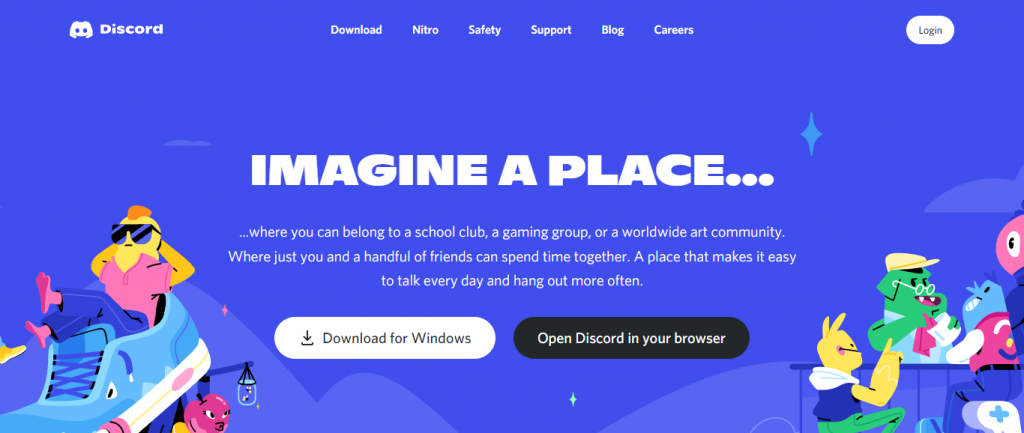
Discord is a instant messaging app where users can privately talk to one another via text, voice, or video. They can also participate in large-scale conversations called threads. One of its primary features is that users can form servers to create communities of threads. Then they can invite their friends and family to join.
5. Imo
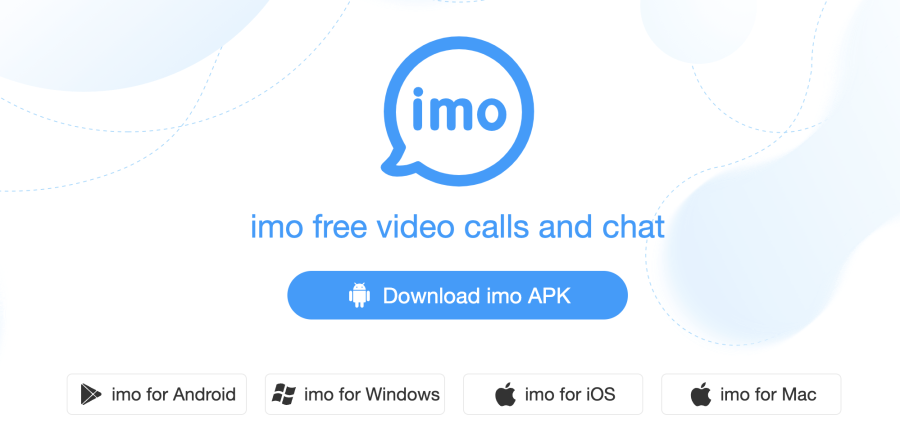
Imo is a video calling and messaging app that puts users in touch with their friends and family, at home and internationally. It allows up to 20 people per group call. Other features include a chatroom, Stories, and the ability to send files to other users.
Video-Sharing Platforms
Video-sharing platforms are designed for sending or sharing video files. Some of them even allow you to edit your footage within the app before you post it to your channel or timeline. Individuals and entities like brands use this type of social media to send private videos to one another or share videos with the public at large.
The length of videos varies from platform to platform. For example, you can post hours-long videos to YouTube, but only up to 10 minutes of footage at a time to TikTok.
6. YouTube
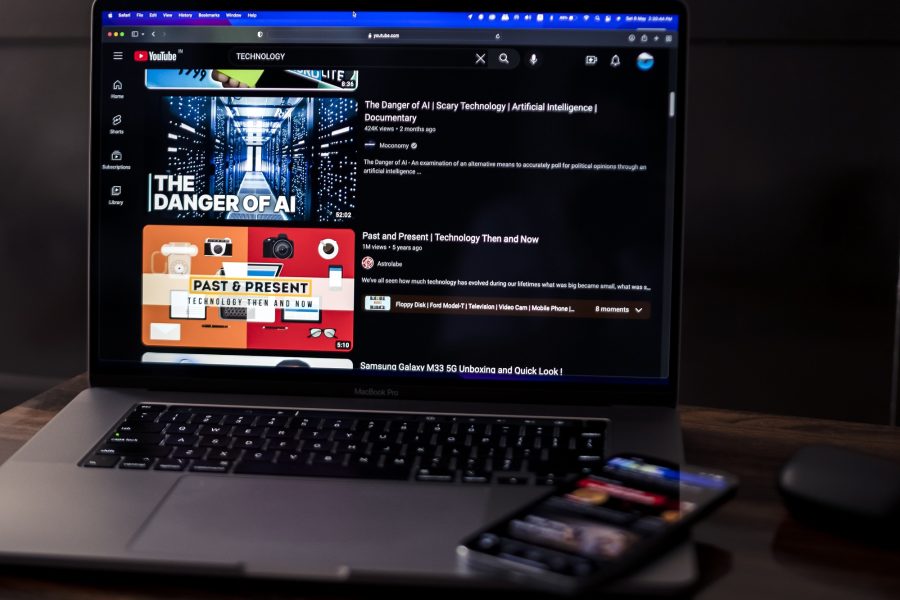
YouTube is the second most popular social media platform having more than 2.68 billion active users in the world, and is used primarily to share long-form videos above 10 minutes in length. Channels with thousands of views of their content and more than 1000 subscribers can get monetized, meaning advertisers will pay to display ads throughout their videos.
7. TikTok
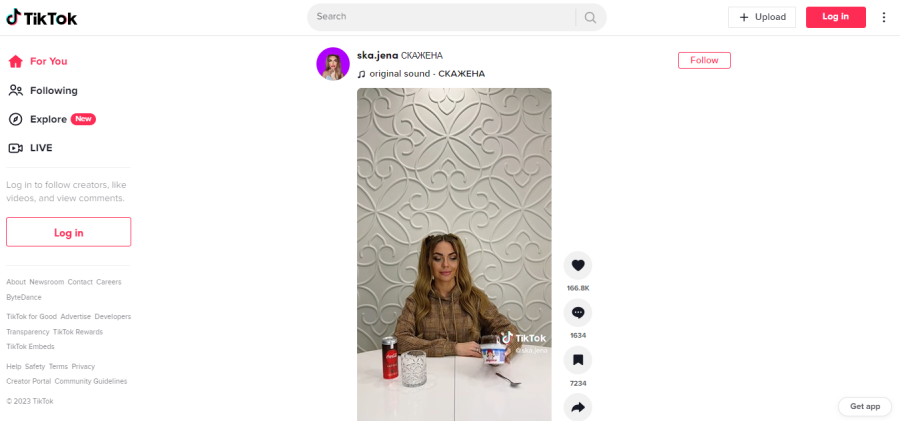
TikTok exploded onto the world stage in 2016. Since then, it’s become a source not just of entertaining short-form videos, but of information shared from individuals across the globe. Influencers as well as brands can go viral on the app by starting or repeating trends, displaying ads, and producing quality content.
8. Twitch
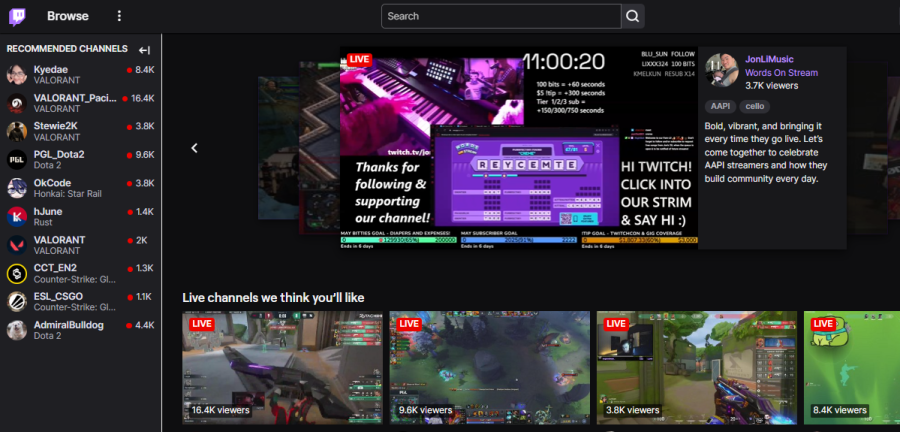
Twitch is a live streaming video platform where users can film themselves or their screen in real-time and share it with their followers. There are also broadcasting channels for live news, sports, and entertainment.
9. Vimeo

Vimeo positions itself as a marketing platform that helps brands and businesses market themselves via video. They offer a wide range of features to users to help them create and share video content, including live streams and a video maker. You can join this great platform for free, but to get the most benefits, you’ll need to upgrade to their paid plans.
10. Triller
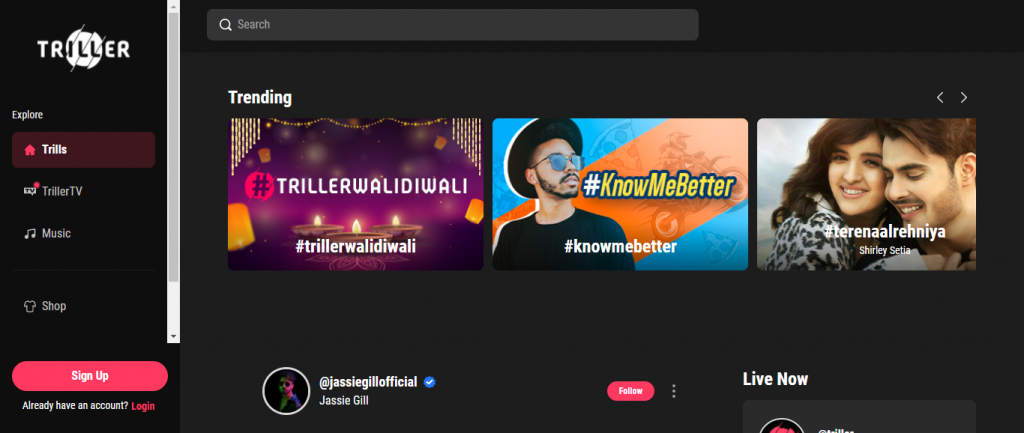
Recently, Triller hit more than 23 million downloads and is set to give tough competition to TikTok in the upcoming years. Users from all over the world can create music and lipsync videos, and share them with their followers. Even brands can follow the trends and reach their target audience.
Apart from these features, Triller also has an online shop where you can purchase trending merchandise to show your support for the app. It also has a charity campaign by the name Triller Cares which motivates the creators to make amazing content and adds emotional value to them.
Photo-Sharing Platforms
Photo-sharing social media platforms are used to display and share photos. Many of these apps also allow private text-based messaging, but most of the posts and marketing is done with pictures.
11. Instagram
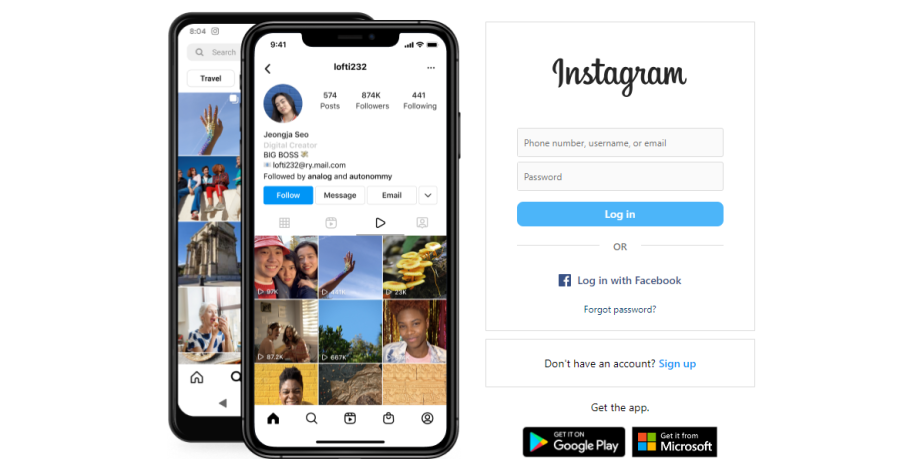
Instagram is the most popular social media platform for influencer marketing campaigns in the world. The main form of content it promotes is photos, but it also offers unique content options like Reels (short-form videos) and Stories. You can even shop for products from different brands without leaving the app.
12. Snapchat

Snapchat is most popular with younger users, particularly those aged 15-25 years old. It’s no wonder since the app is fun and easy to use. Users can send one another Snaps, or pictures of themselves via private message. They can also record extremely short videos and post them to their account. Brands and influencers are also present on this platform.
13. Pinterest
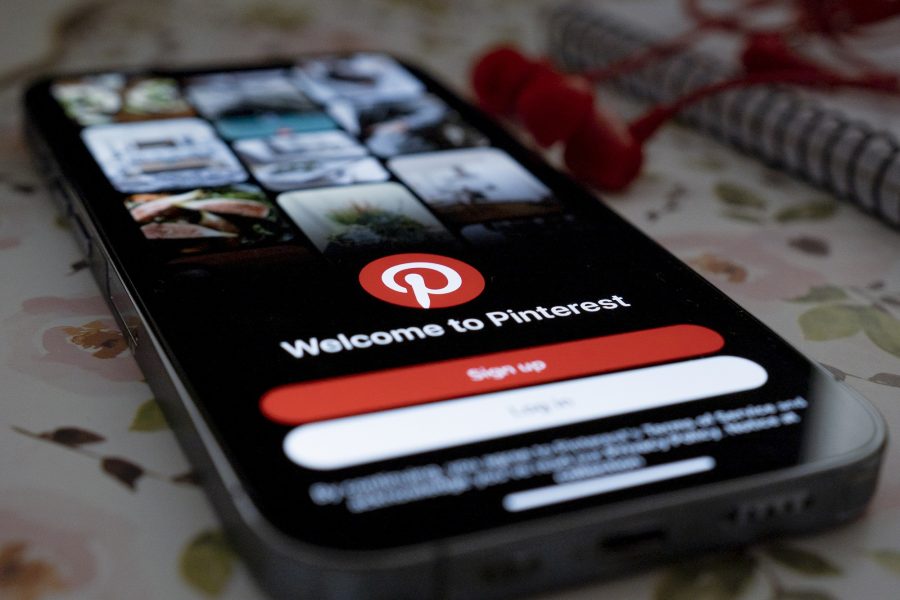
Pinterest is a popular photo-based platform designed to function as a digital pegboard for ideas. As users scroll through the app, they see photos related to topics they’re interested in, from cooking and fashion to cars and travel. When they see a photo they like, they “pin” it to one of their “boards,” so they can refer back to it later.
Social Sharing Platforms
Social sharing platforms are outlets for people to create text-based posts updating their social status. These apps and websites are for creating networks of friends, family members, coworkers, and industry peers with whom you can share information both entertaining and informative (and, in some cases, dramatic like a reality TV show).
14. Facebook
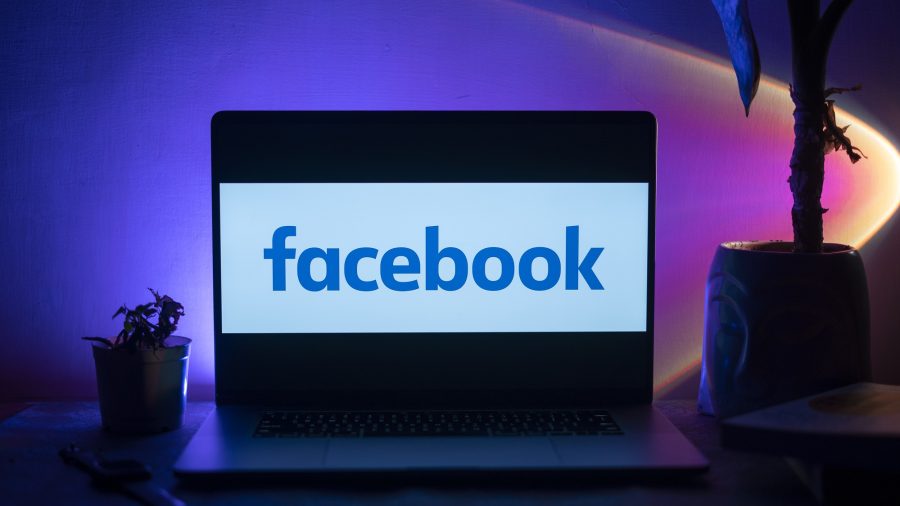
Facebook is far and away the most popular social media platform with nearly 3 billion active users globally. Users who join Facebook create profiles and personalize them with pictures and details about themselves. Then they share status updates about their lives on their timeline. Businesses and brands make profiles, as well, called Pages that users can like and follow to get updates and see new products. It will also raise brand awareness among people.
15. Twitter
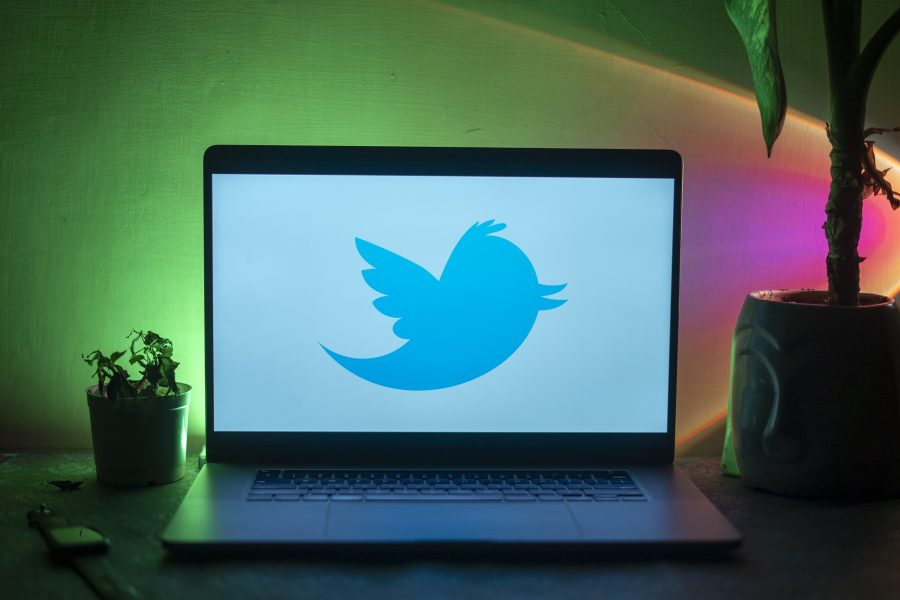
Twitter lets users create short posts, called Tweets, and share them with followers or the platform as a whole. This platform is always abuzz with the latest trending topics in news, business, politics, entertainment, gaming, and any other topic you can think of. Businesses and influencers that can stay relevant on Twitter are building high social credibility.
16. LinkedIn
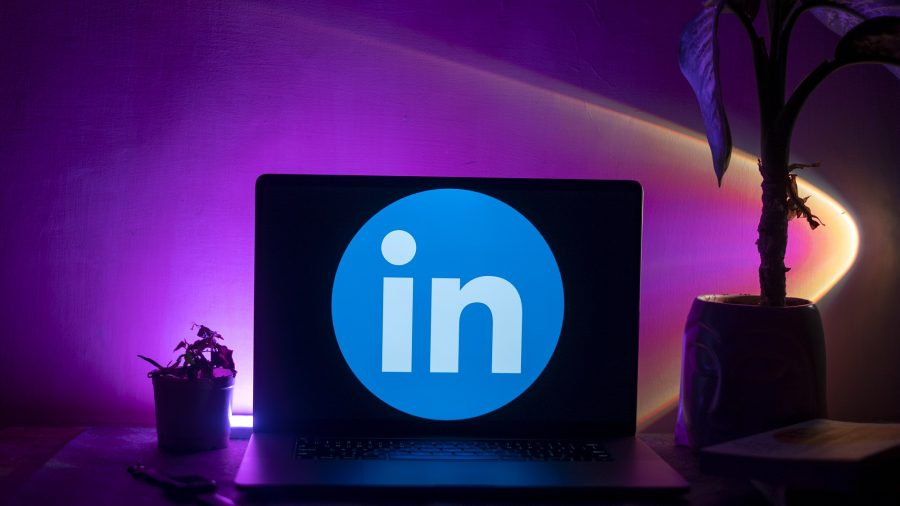
LinkedIn provides anyone who wants to use it with the tools to build a professional network in their particular field of work or education. It’s a platform where users can find and post jobs, ask for industry advice, stay up to date with their peers, and even write long-form articles.
17. Clubhouse
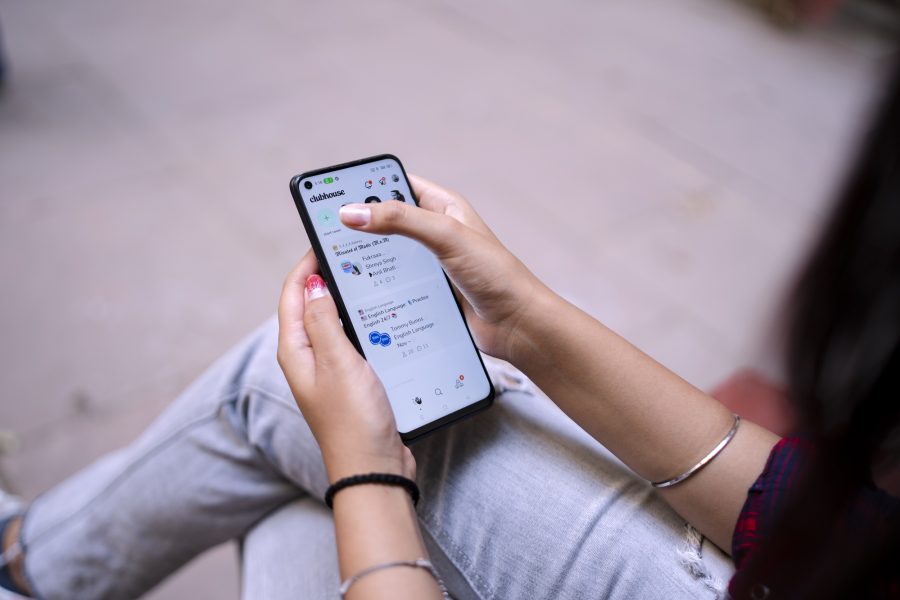
Clubhouse is a social audio platform. The concept behind is to bring people together in large groups to have a real-time conversation. Users can create Houses, which are like servers, and then create Rooms within the Houses for different conversations. People who join the House find a Room they like and jump in.
18. Threads
Threads is the newest social media venture from Meta Platforms. And when we say, “newest,” we aren’t kidding! The messaging/microblogging app was initially launched on July 5th, 2023 to overwhelming popularity – over 100 million users signed up for it in just five days. Marketed as a “Twitter killer,” its interface is an amalgamation of Twitter and its sister app, Instagram. It still has many limitations, such as a lack of monetization opportunities and a chronological timeline, and a confusing algorithm.
But it’s clear that despite its flaws, Meta is putting a lot of time, money, and effort into making Threads a success. It’s safe to say that this new platform is here to stay.
19. Mastodon
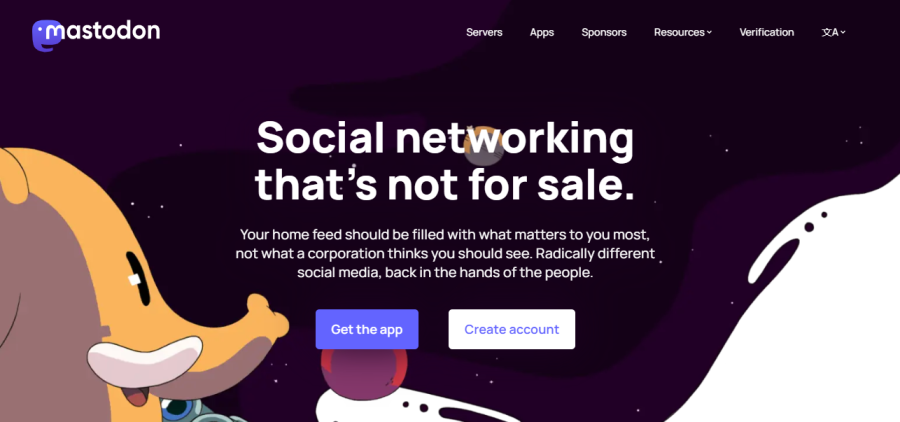
Mastodon is a non-profit, decentralized social network with open-source coding. On this platform, users can follow one another and post content such as text, images, videos, polls, and more. Its design is similar to Twitter.
Community Platforms
The last type of social media platform is called community. These are forum-like hubs of activity where users discuss, debate, advise, and seek help from online communities of likeminded individuals. It’s different from social sharing in that it typically doesn’t involve updating your individual social status, but rather gets you involved in conversations (and even arguments) reacting to news, questions, or trending topics.
20. Reddit
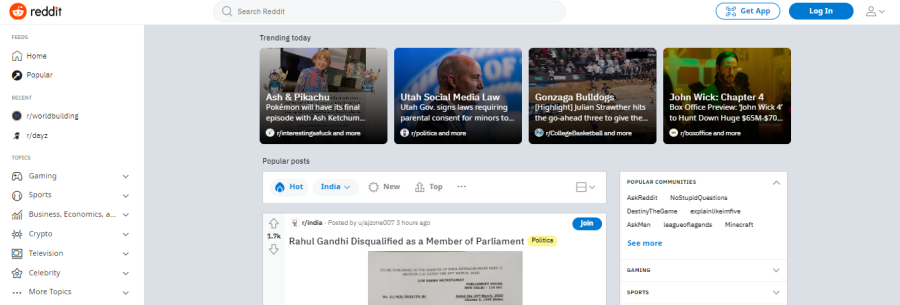
Reddit is a platform made up of communities of users that cluster around topics of interest. Users submit content in the form of text, images, or a video to a particular topic, called a thread, and other users can either upvote or downvote it. If they upvote it, the content appears closer to the top of the thread and is seen by more people.
21. Quora
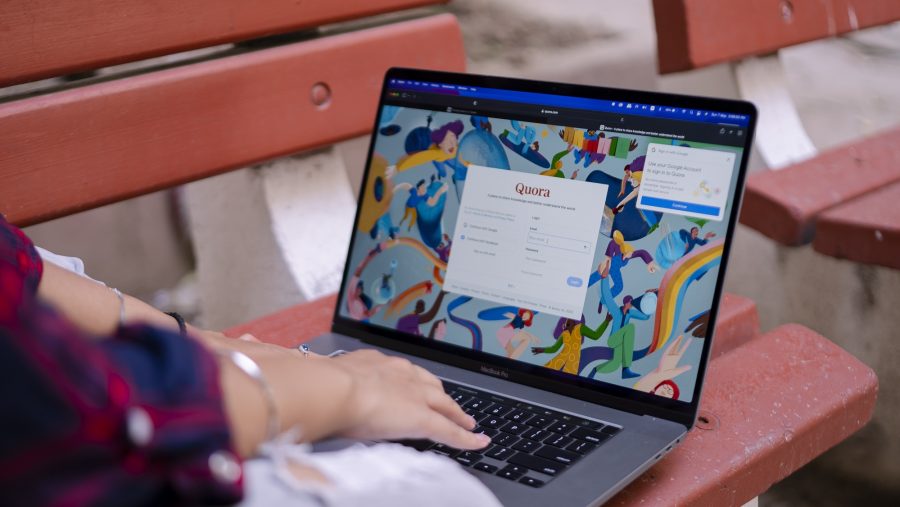
Quora is a community platform where users can post questions for other users to answer. The point is to be able to come together as a group to solve problems.
22. Tumblr
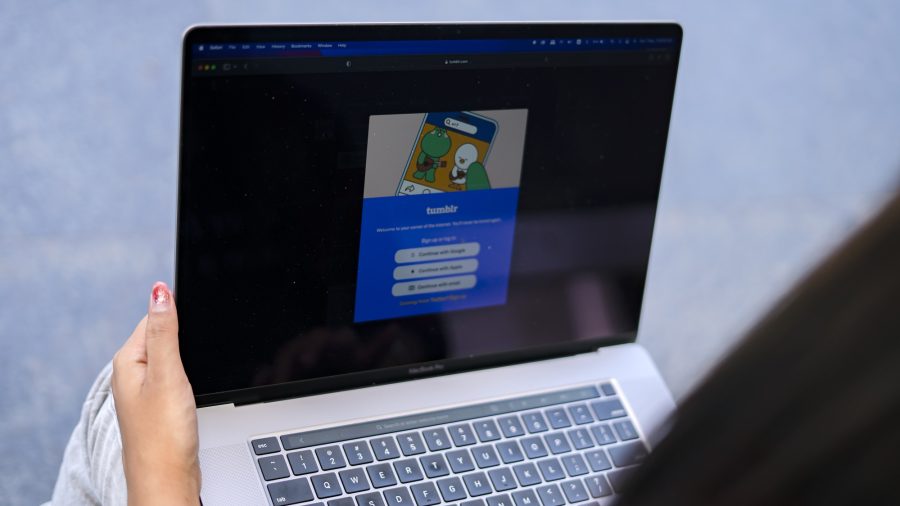
Tumblr enables users to create their own microblog and upload text, photos, and videos to it. Users on the platform can follow one another’s microblog and also view trending blog posts on the homepage or by following hashtags that they’re interested in.
Popular Social Media Platforms by Country
Not every country uses the same social media platforms. Here are the most popular ones categorized by country of origin.
Chinese Social Media Platforms
23. Sina Weibo
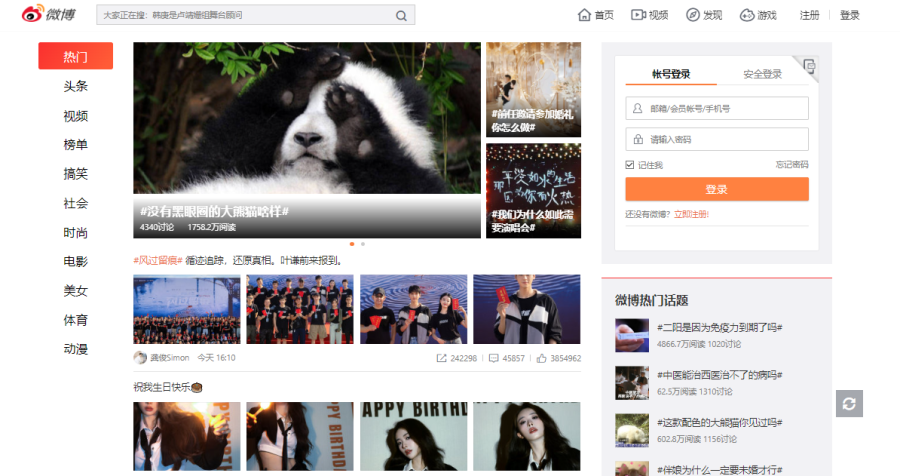
Sina Weibo is a microblogging platform similar to Tumblr in concept but designed with Chinese users in mind. Users share pictures and videos to the platform, and other users can comment or respond. They can also privately message one another.
24. QQ

QQ is a multi-faceted platform with services for voice and text messaging, playing games, shopping, listening to music, and more. It also offers microblogging capabilities and an in-app currency called QQ Coin.
25. KuaiShou
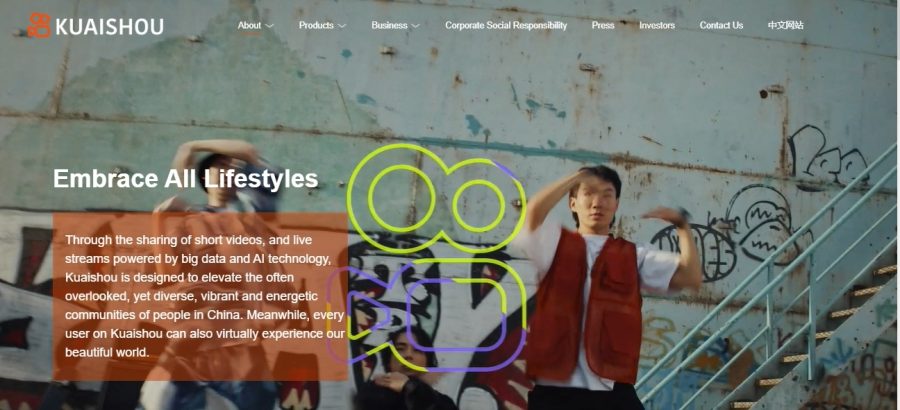
KuaiShou is an app for creating and sharing short-form videos. Its core values are “Authentic, Diverse, Beautiful, and Beneficial.” The platform encourages all its users to produce amazing video content.
26. Qzone

Qzone offers several options for its users to create and consume content, including blogging, keeping a diary, sharing and listening to music, sending photos, and watching video content.
27. Douyin
Douyin is China’s version of TikTok. It promotes the exact same type of short-form video content and is owned by ByteDance, the same company that owns TikTok.
Russian Social Media Platforms
28. OK.ru
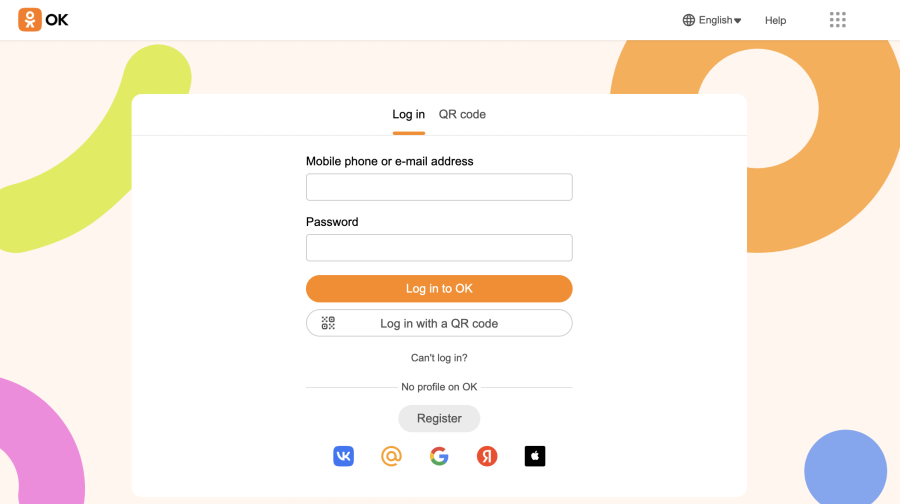
Odnoklassniki, abbreviated OK, is one of Russia’s few native social media platforms. It allows users to create groups, send private messages, listen to music, and watch broadcasts, and more.
29. Rutube.ru
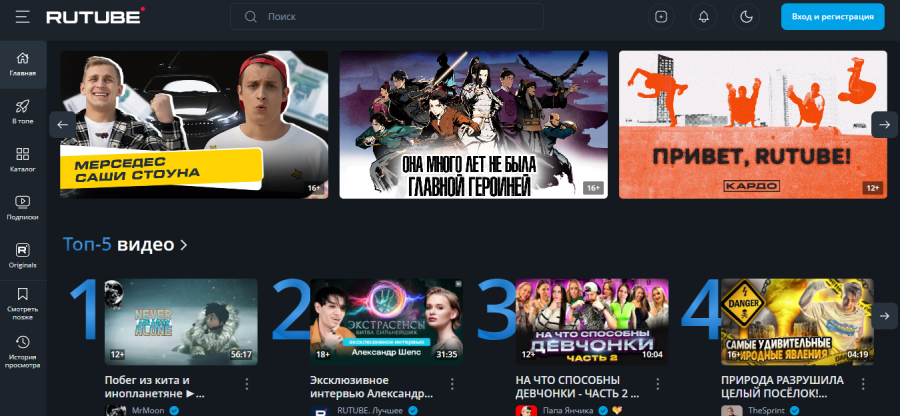
Rutube is a video platform that shows licensed movies, television series, broadcasts, cartoons, and more.
30. Vk.com
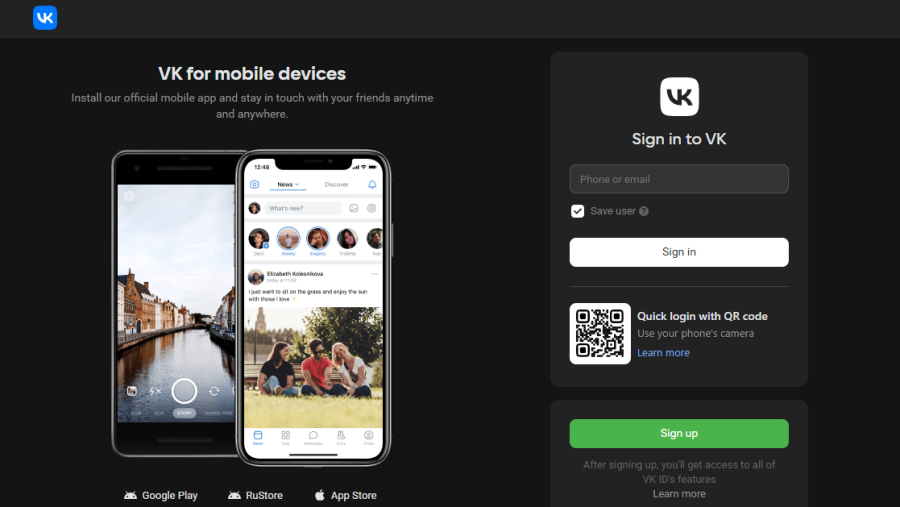
VKontakte, or VK, is marketed as a European social media platform similar to Facebook, in that it allows private messaging, sharing of files, and public status posts.
South Korean Social Media Platforms
31. Naver Band
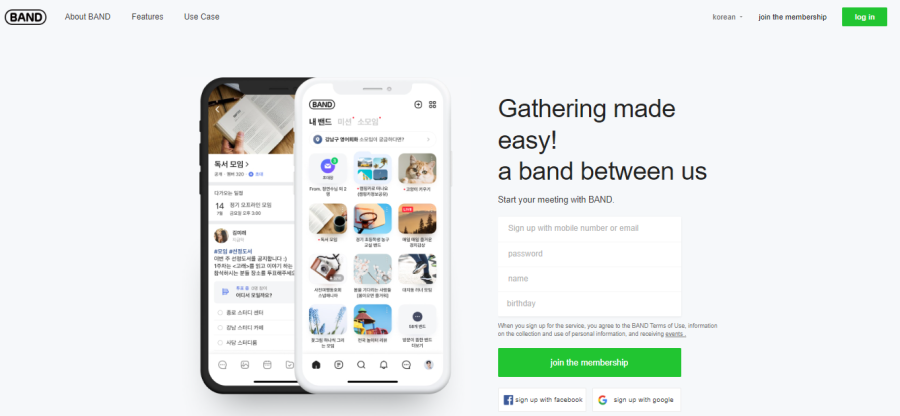
BAND is a community and group messaging app that enables users to create spaces for different members to communicate about different topics of interest. It was created by the Naver Corporation, which is a South Korean company.
32. KakaoStory
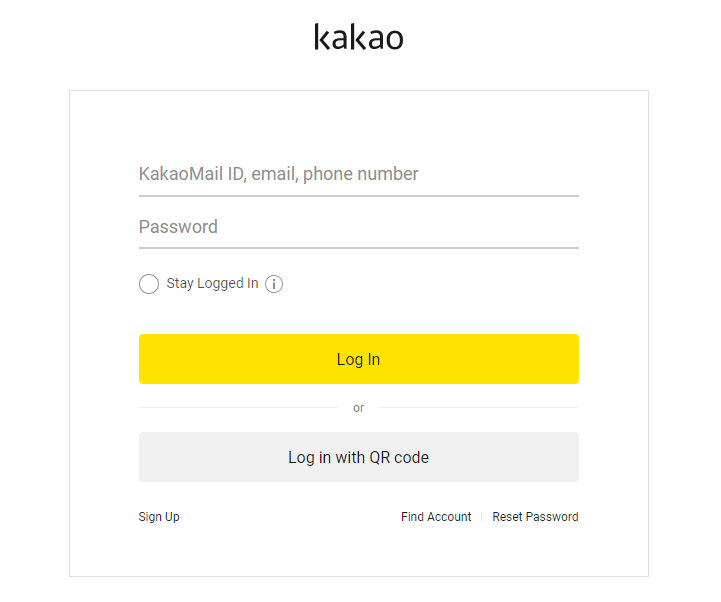
KakaoStory encourages users to share moments from their “story,” meaning their life, on their social media platform. Posts can include photos as well as videos.
33. Cyworld
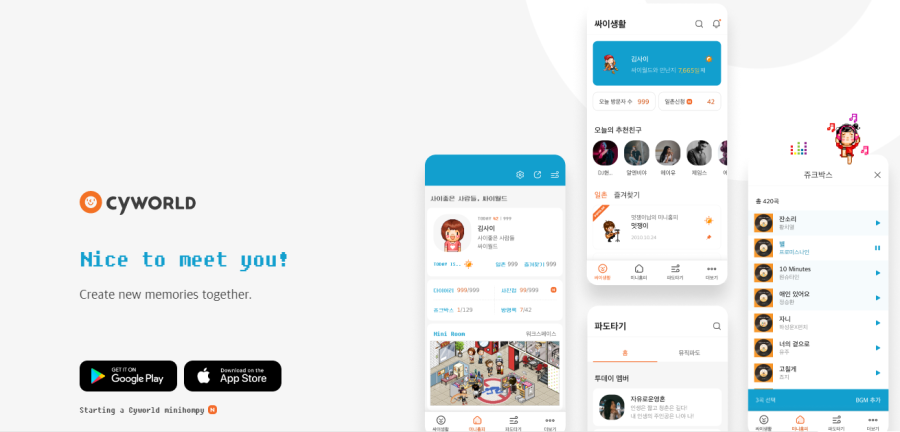
Cyworld is an immersive social media platform that allows users to make friends and create their own virtual avatars and rooms. They can also purchase a digital currency called dotori to buy virtual items for their profiles.
United States Social Media Platforms
34. GroupMe
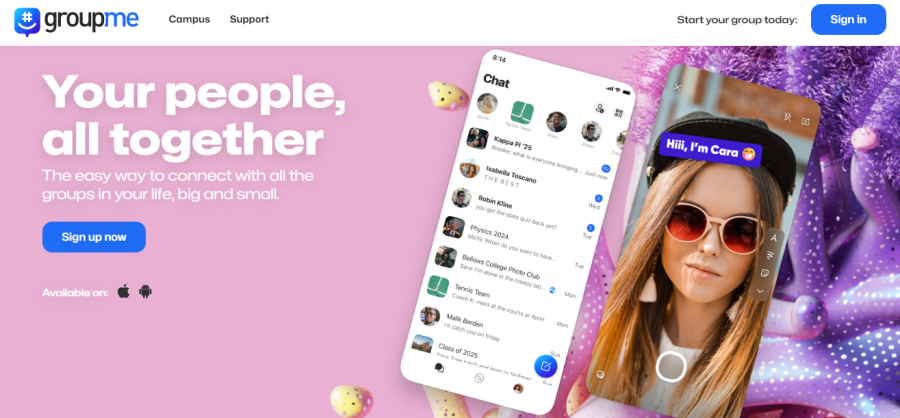
GroupMe brings users together in groups and lets them privately communicate with one another via text. Individual users can also create events and polls and share them in their groups.
35. Skype
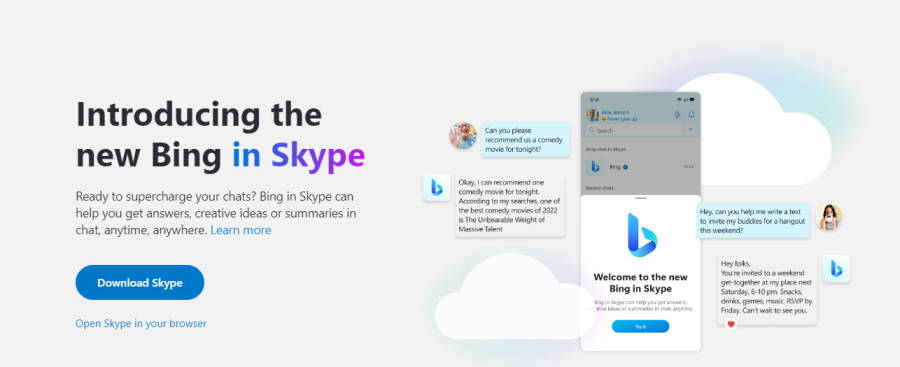
Skype is the platform that made video chatting on your computer or mobile phone popular. It allows users to call anyone in the world and speak to them face to face, as it were, through their camera. This platform also supports instant text messaging.
36. Younow
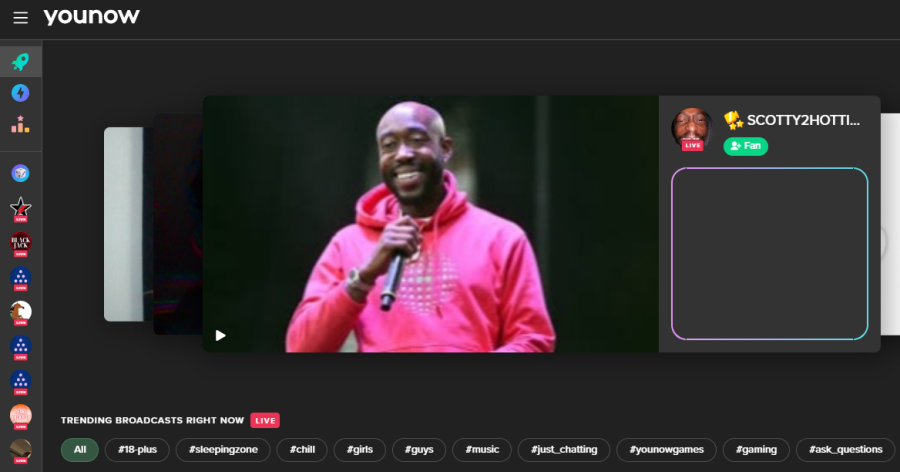
Younow is a live-streaming video-sharing platform. Anyone can broadcast live videos on it and interact with other users’ live streams, as well.
Indian Social Media Platforms
37. ShareChat
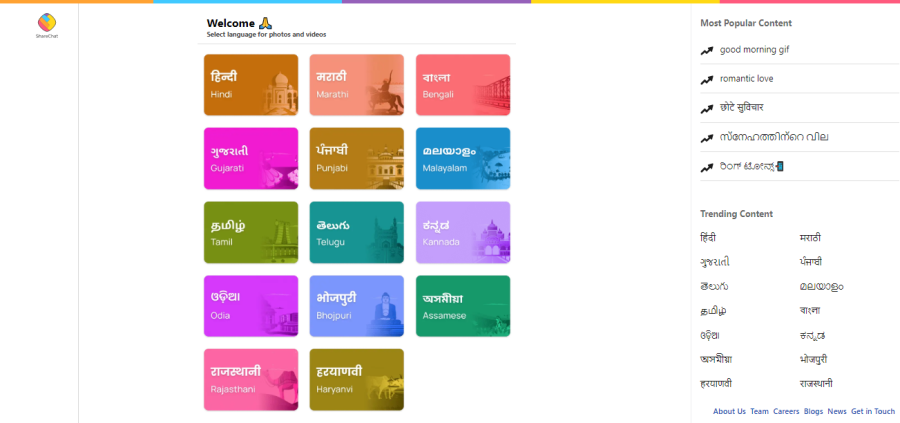
ShareChat is India’s largest social media platform. It supports 15 Hindi languages and allows users to send private messages and share videos, photos, status updates, and microblog posts.
38. Chingari
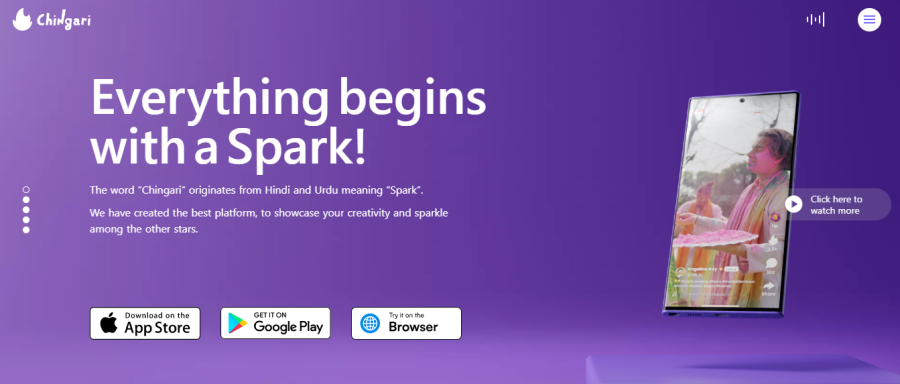
Chingari is a video sharing and creation platform. Users can add their own visual effects to their videos, or record voiceovers for pre-existing footage. They’re encouraged to be unique and entertaining in their creative efforts.
Other Popular Social Media Platforms
Here are some other popular social media sites worth exploring:
40. BeReal
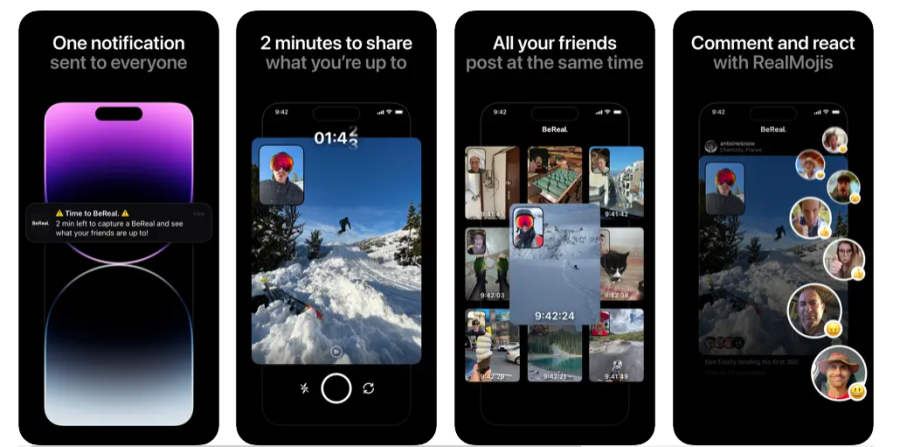
BeReal is a French photo-sharing platform with a unique twist. Once a day, the app notifies users to “Be real.” After receiving this notification, users have just two minutes to snap a photo of themselves. The idea behind this is the creation of more authentic, in-the-moment social media content.
41. Bigo Live
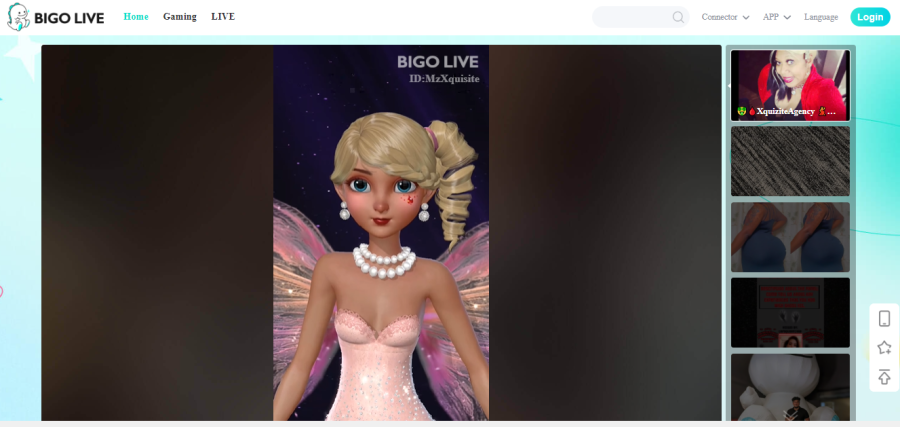
Bigo Live is a live-streaming app developed by a company based in Singapore. It allows users to live stream videos as well as watch broadcasts by other people on the platform. Users can also post pre-recorded, short-form videos.
42. Sendit
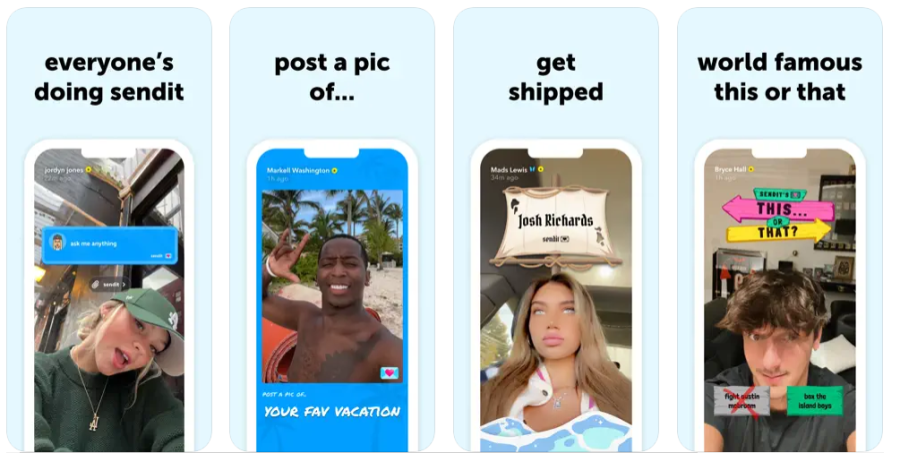
Sendit is a social media messaging game that is an add-on to Snapchat. It allows users to ask their followers a question, after which their followers can anonymously answer.
43. Weare8
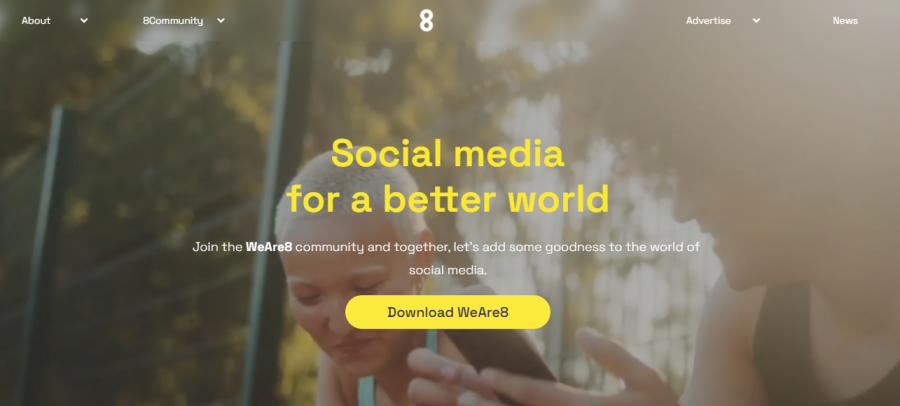
Weare8 is a photo and video-sharing platform that pays users to watch advertisements from big brands. Users can also choose to donate the money they earn to worthy causes.
44. Meetup
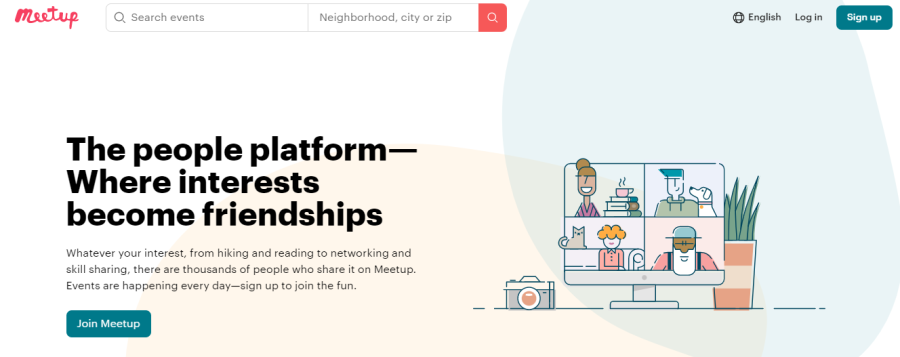
Meetup helps users find virtual as well as real-life groups that match their interests. Users can even find events to attend through this platform.
45. Grindr
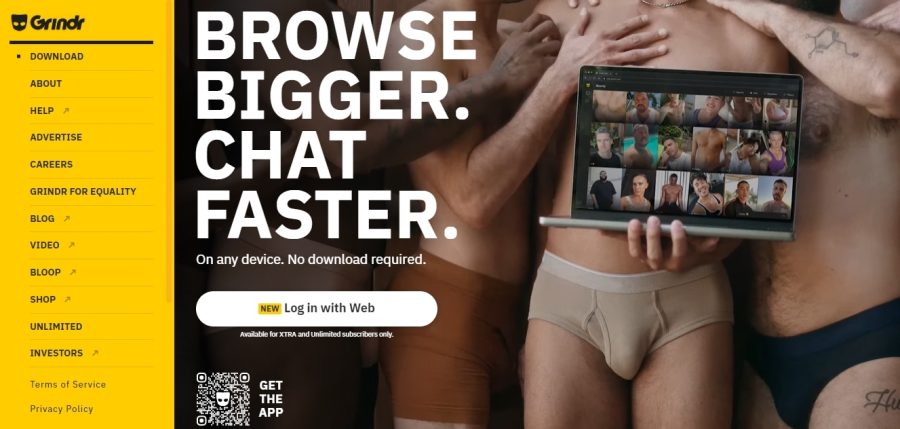
Grindr is designed exclusively for members of the LGBTQ community to safely connect, chat, and share media. It also doubles as a dating site.
46. Letterboxd
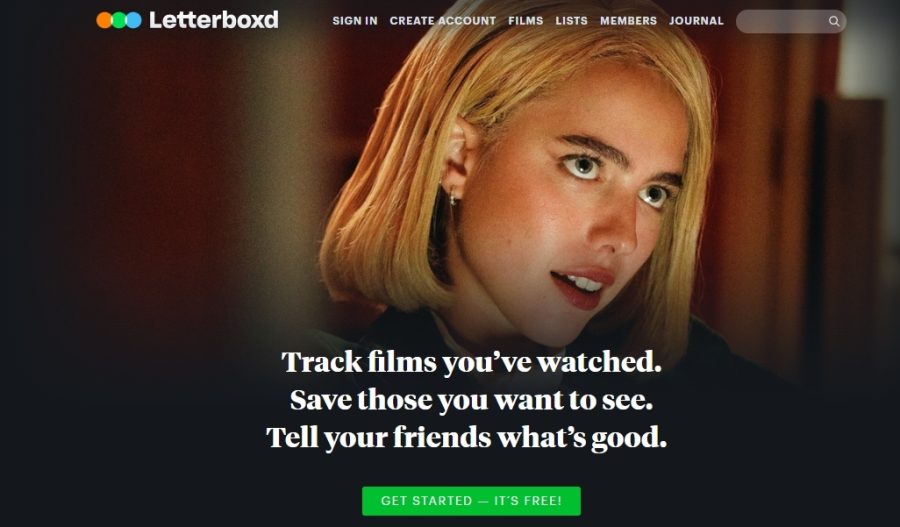
Letterboxd is for film lovers to keep track of the movies they’ve watched, make lists of movies they want to see in the future, and rate and review films.
47. Yubo
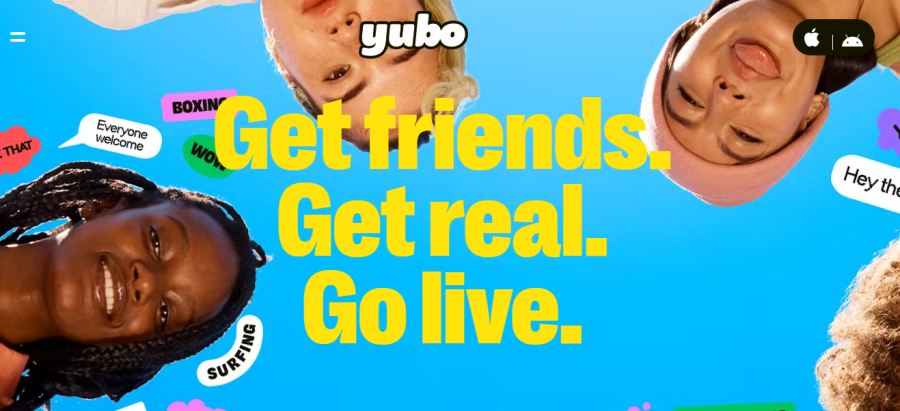
Yubo is a French social discovery platform that brings strangers together to become friends through live streams, games, and discussion topics.
48. Likee
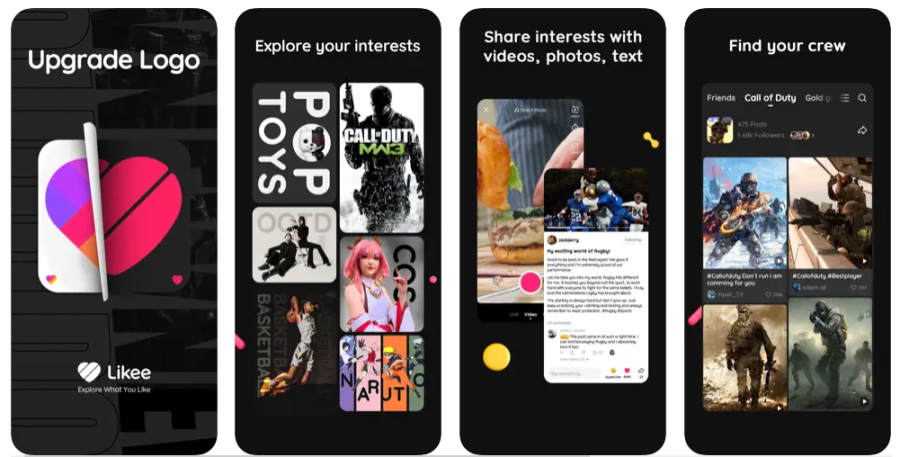
Likee is a community platform for creating, editing, and sharing short videos and live streams.
49. Kik
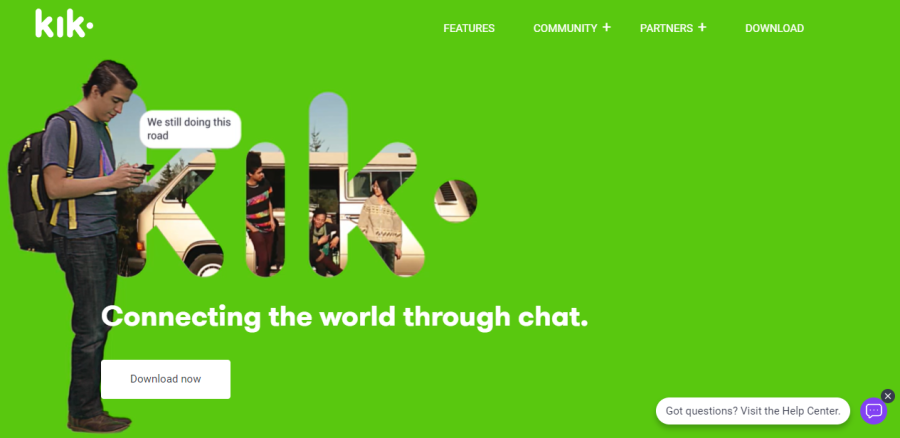
Kik is a free messaging app based in Canada. It allows users to chat with their friends and family, but also with bot accounts created to share news, play games, and more.
How To Select the Best Social Media Platform for Your Needs
With so many options, how do you select the best social networking site for your needs? To help you decide, consider these three factors.
1. Your Target Audience
Your target audience is the people you want to reach the most with your social media content. These are not just users; they are potential customers and followers. They are individuals who are interested in the type of content that you produce.
To that end, research which social media platforms your target audience prefers and what form of content they want to see.
For example, if your target audience is made up of 15-25-year-olds, you may consider getting a Snapchat account for your brand, as that age group makes up 48% of Snapchat’s user base. Or, if you sell a product and your customers want to see it in action, a video-based platform like YouTube or TikTok may be a better option.
Once you discover what your target audience wants to see and how they want to be reached, the right social media platform (or platforms) will click into place.
2. Your Global Location
Your location in the world will influence which platform you should build a social media presence on. For example, if you’re based in the United States, you probably want to appeal to a stateside audience. That means you should create accounts on platforms like Facebook, Instagram, and YouTube, which are all popular with Americans.
3. Your Content Creation Budget and Abilities
Your content creation budget and your personal schedule can also play a big part in which social media platform is best for your business.
Ask yourself: Do you have the time and money to film videos every day? Or can you only manage photos and text-based status updates? Can you hire a content creator or a social media manager?
Get a realistic picture of what type of content you’ll be able to produce for your social media account and how often. This way, you can choose the best platform that will accommodate your needs.
Once you find a social media platform that is a compromise of all the above factors, you’ll have found the best one for your brand.
Frequently Asked Questions
How can a person become an influencer on social media platforms?
A person can become an influencer or famous on social media platforms by producing great content consistently, and by buying engagement.
Is it possible to earn decent money from social media platforms?
Yes. Influential social media accounts can make money by monetizing their content and collaborating with brands and businesses on sponsored ads.
Which is the most popular social media platform?
Facebook is currently the most popular social media platform. It has 2.98 billion users across the globe.
Which social media platform is best for businesses?
Facebook is the best social media platform for businesses. It’s used by the most people of all the social networks in the world, which gives businesses the largest possible reach.
How are marketers aided by social media platforms?
Marketers can use social media platforms to reach large swaths of people and promote products, services, etc. using content that appeals directly to their target consumer.
Conclusion
With over half the world population using social media, there’s a major opportunity for influencers, marketers, and businesses to promote themselves and their goods and services. Among the 47 best social media platforms worldwide, find the one that works for your needs by factoring in your target audience, your global location, and your content creation budget and abilities.

